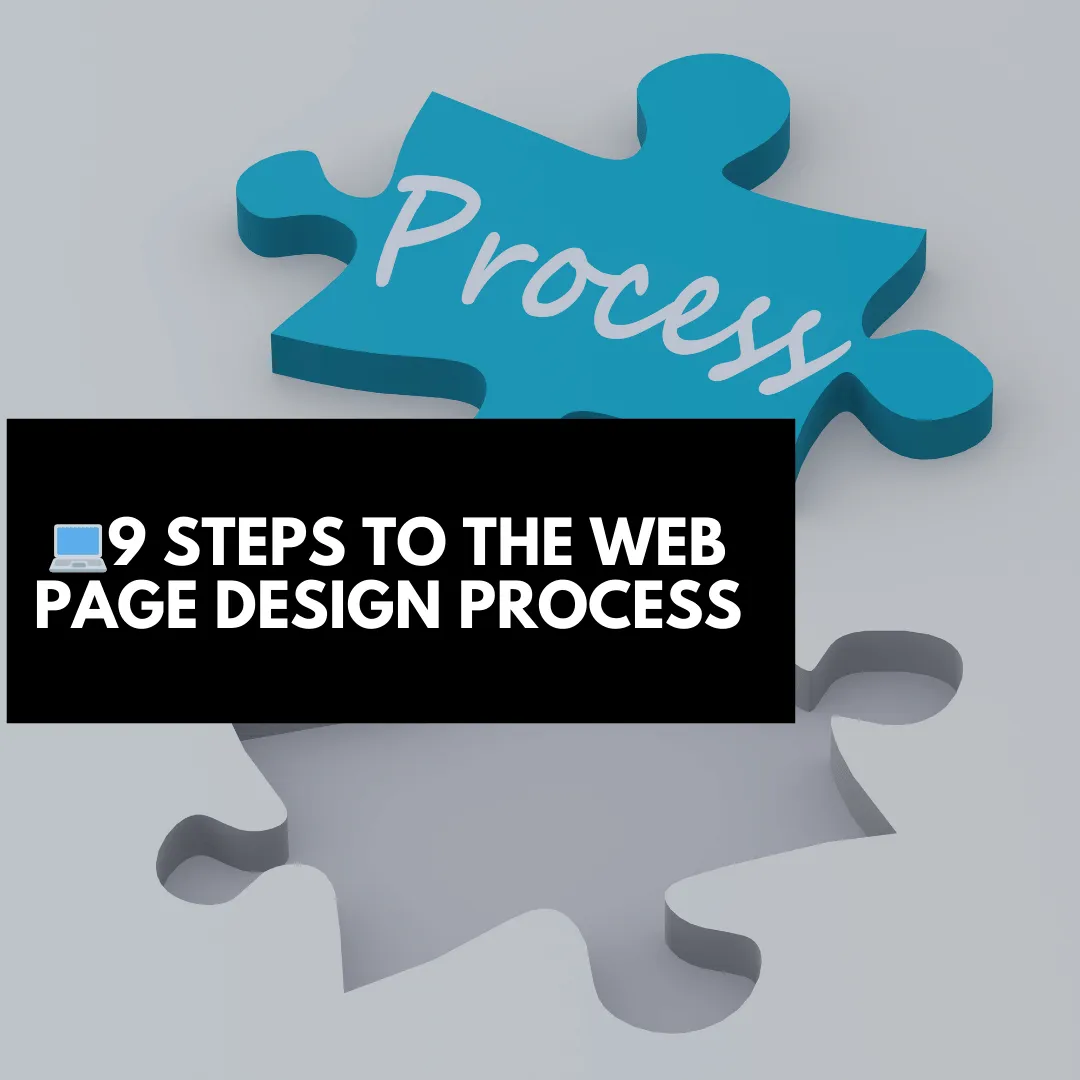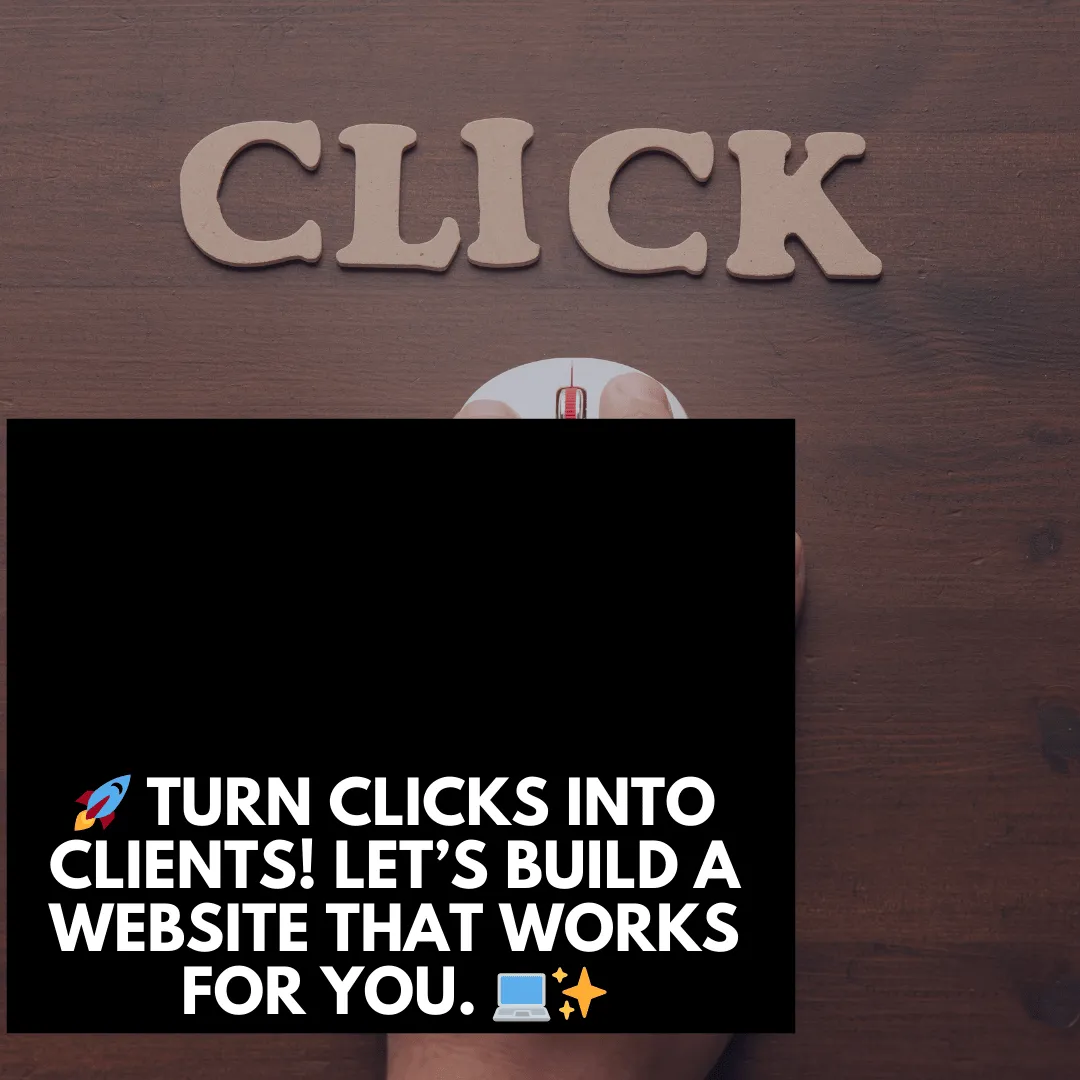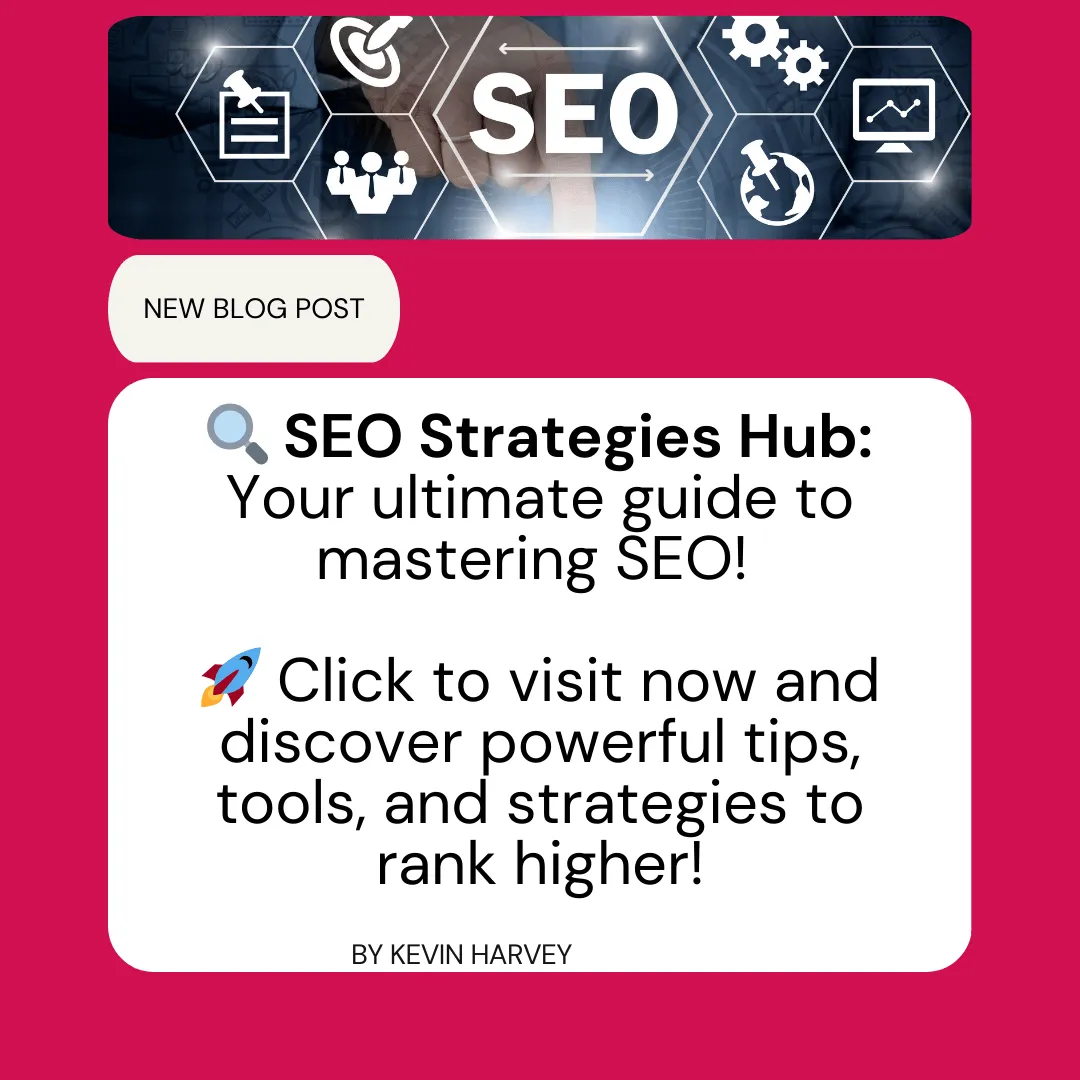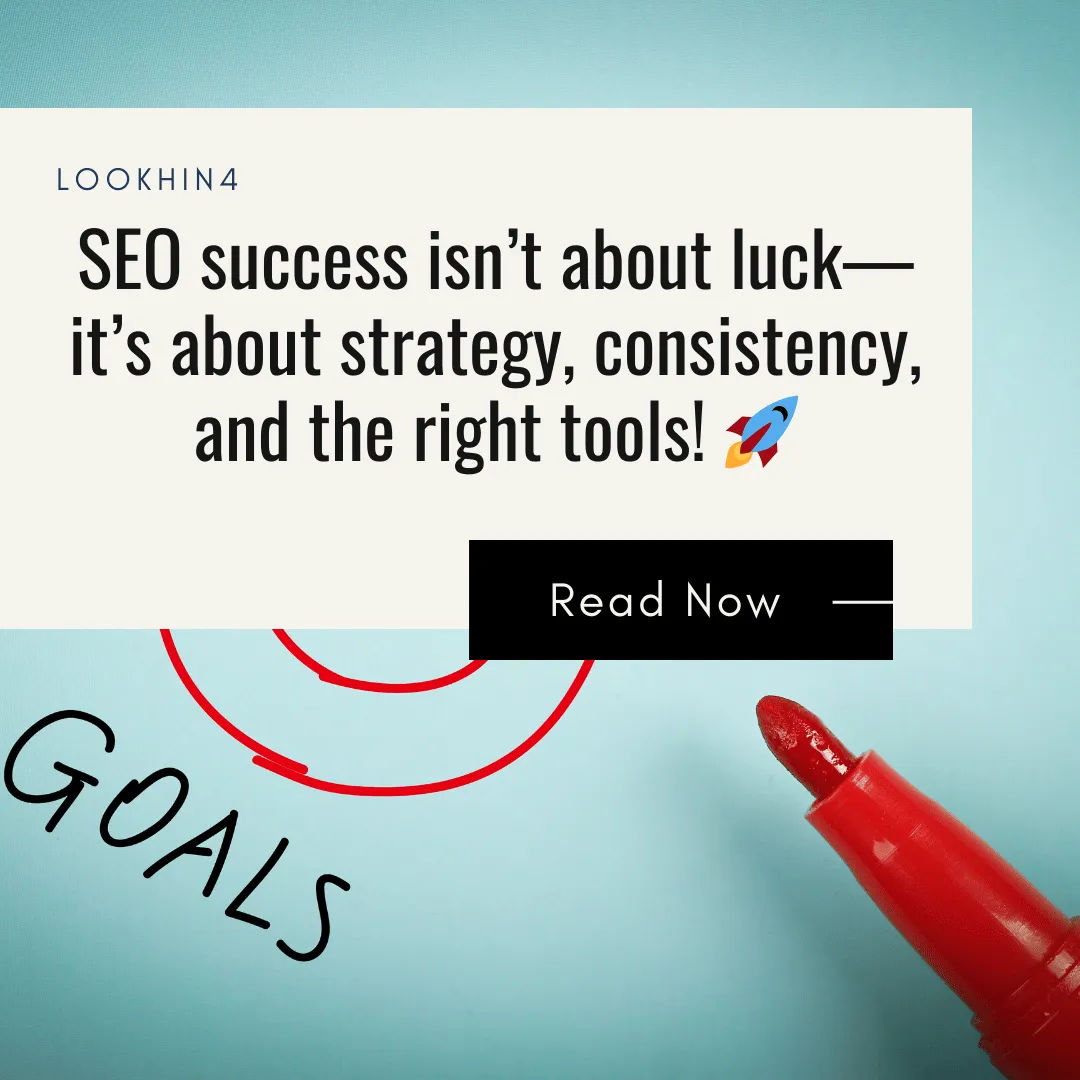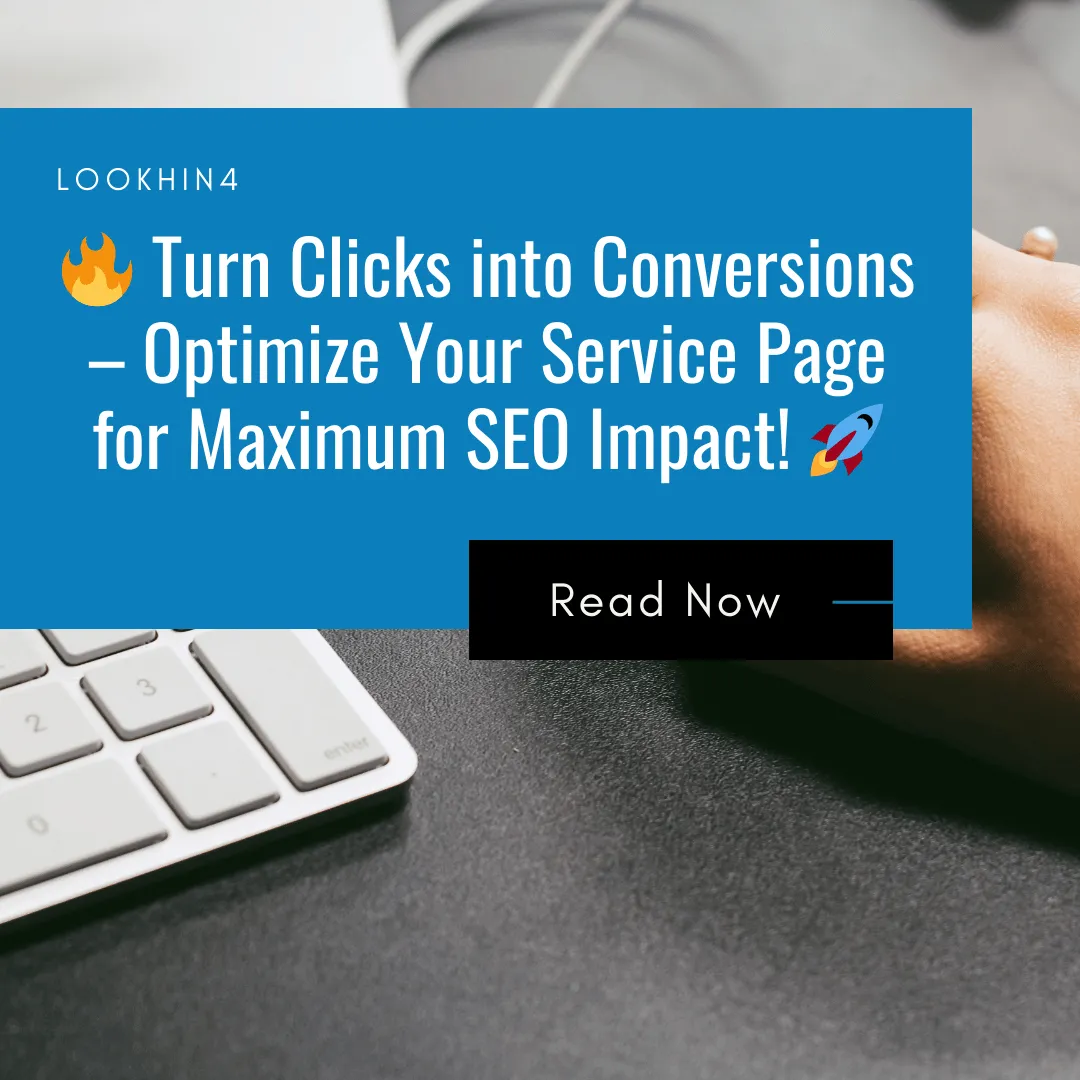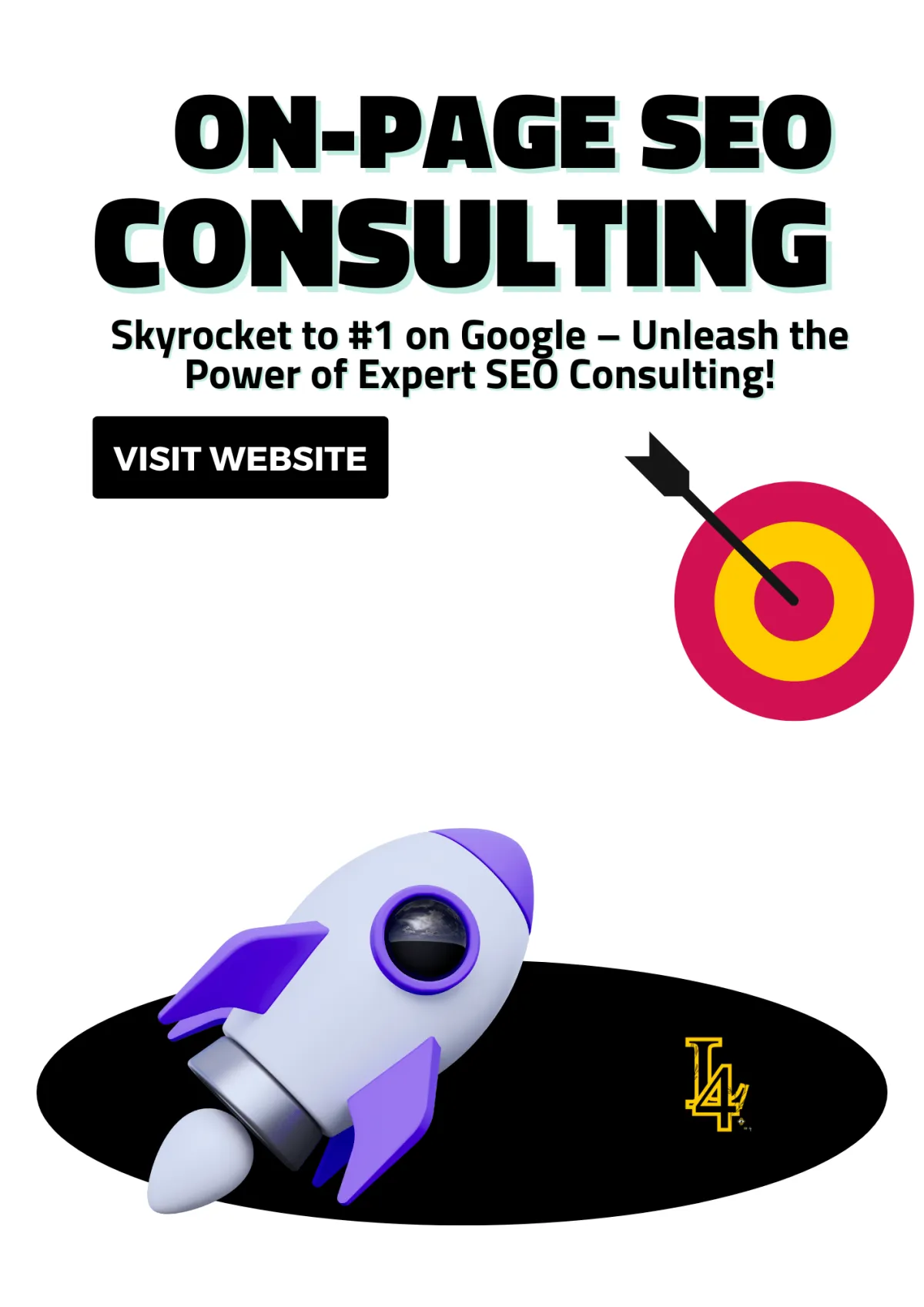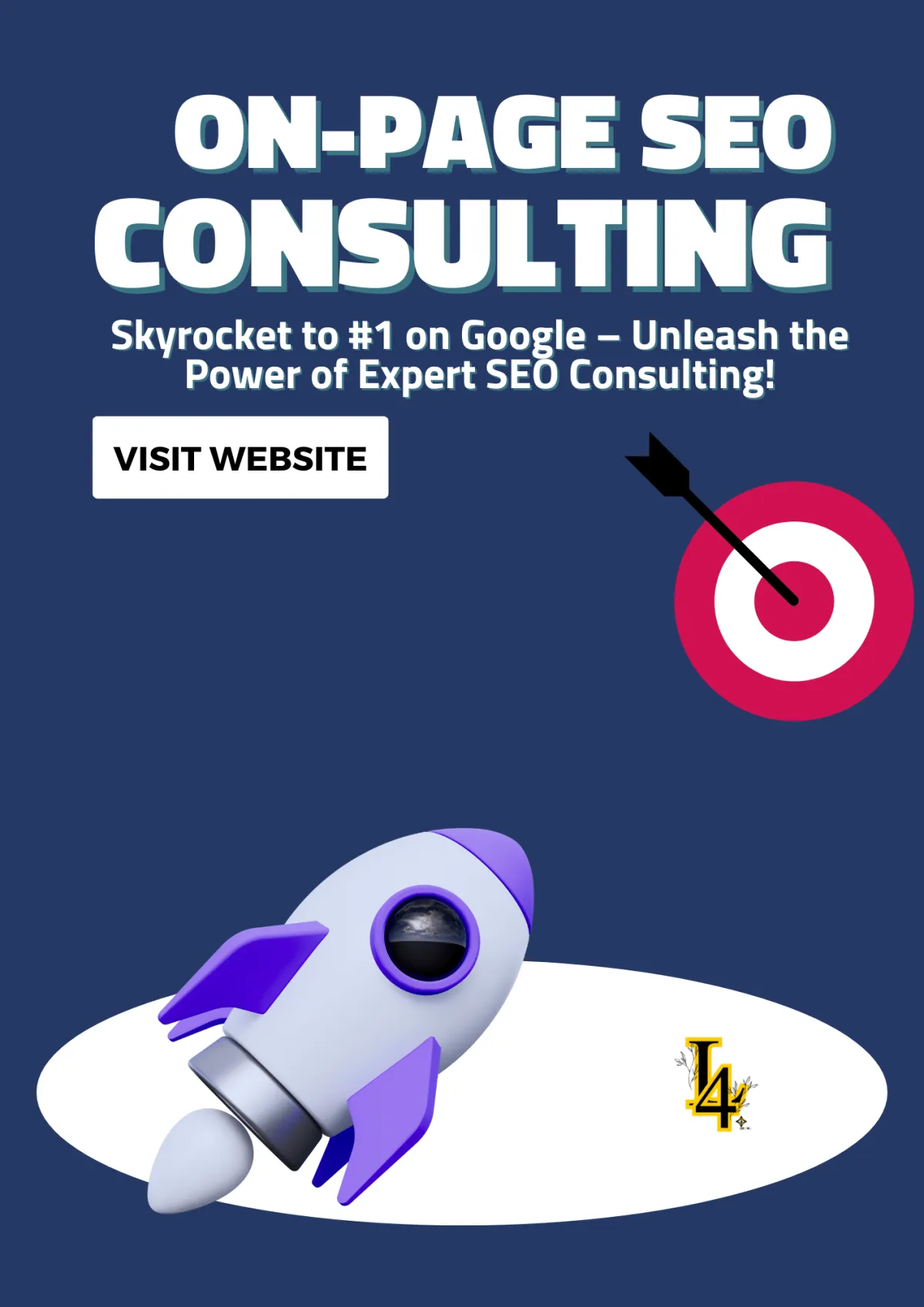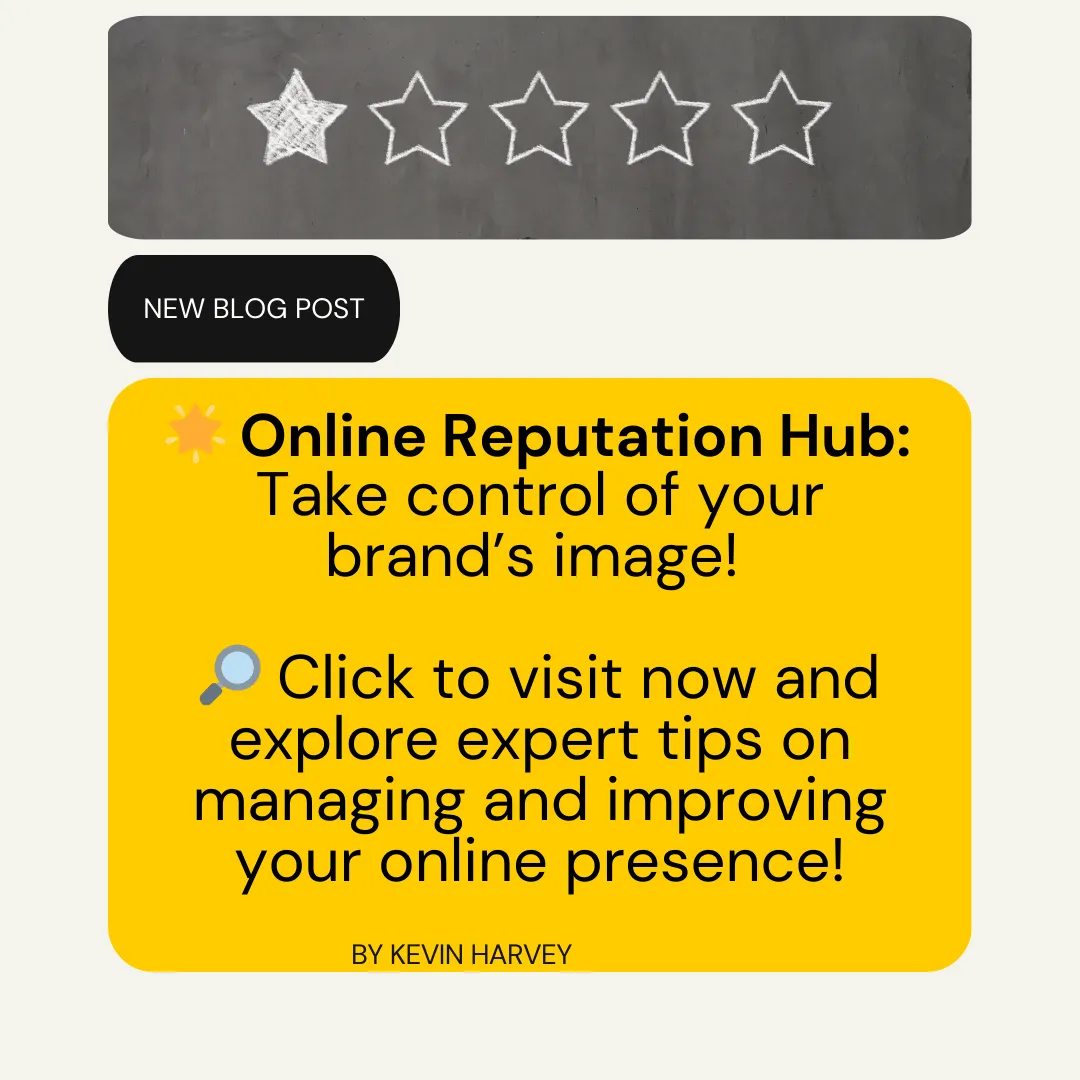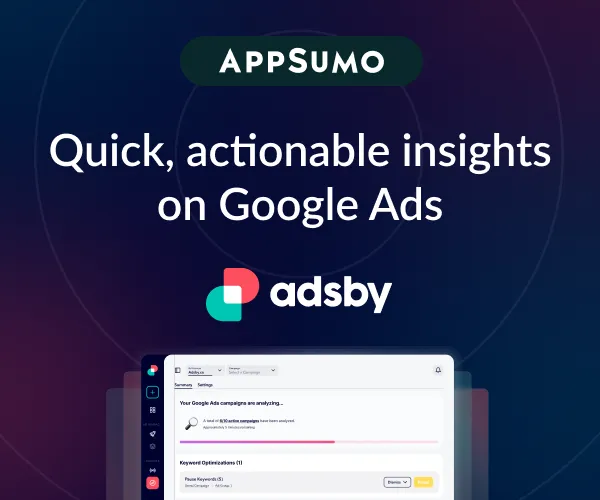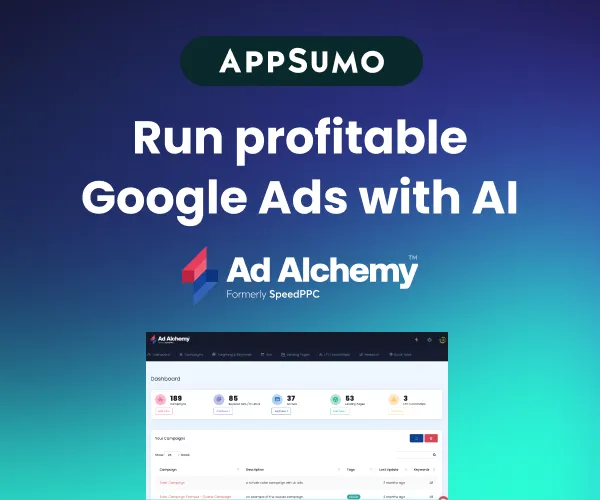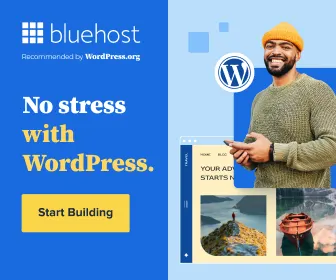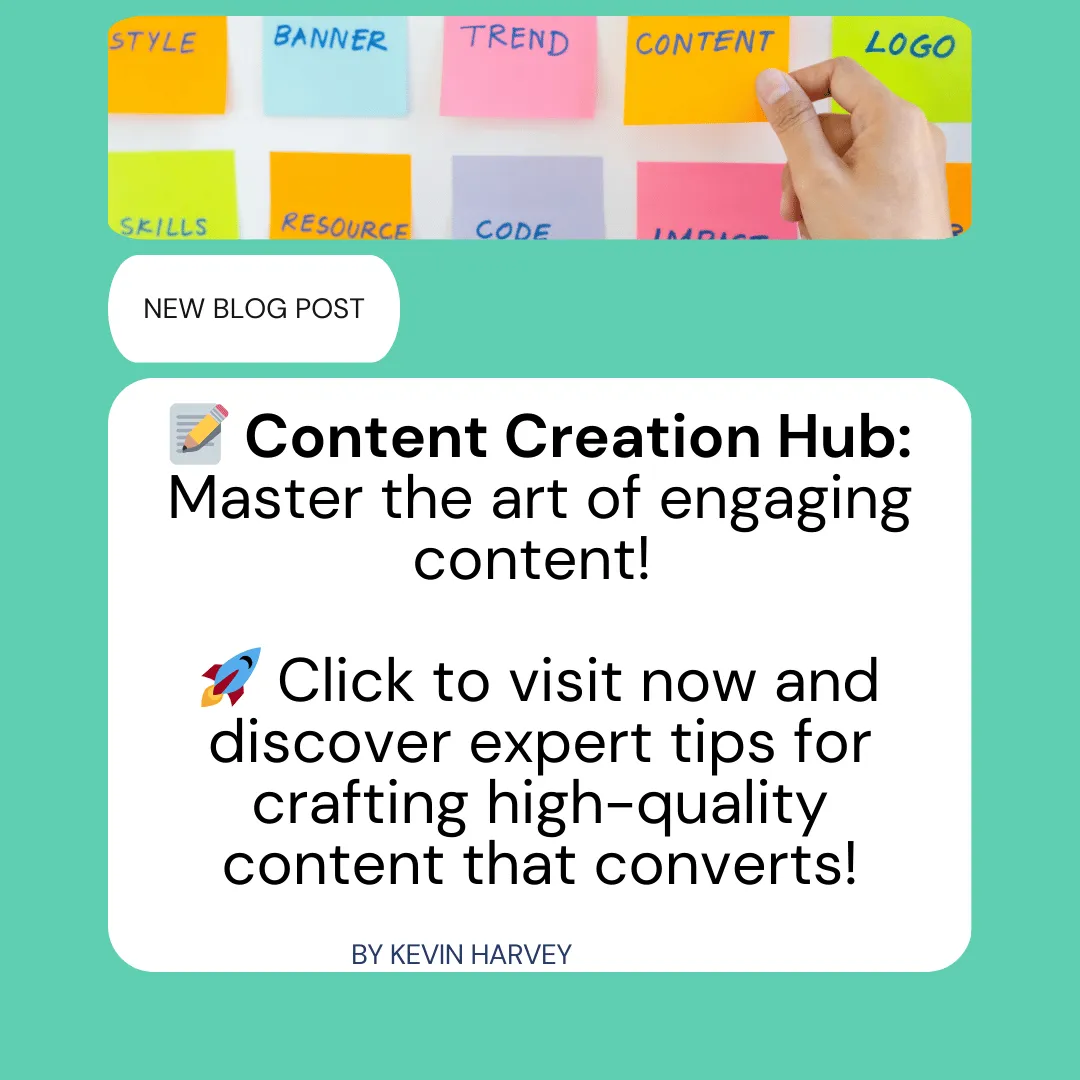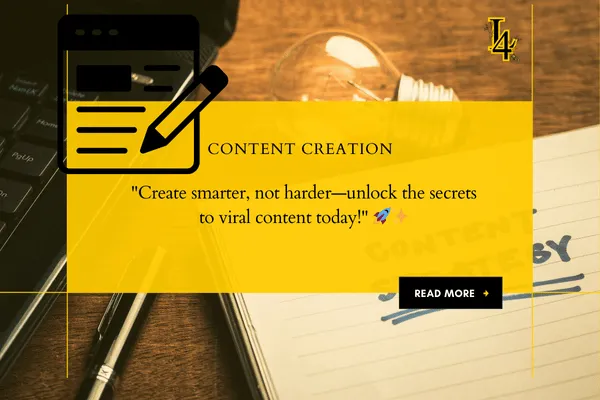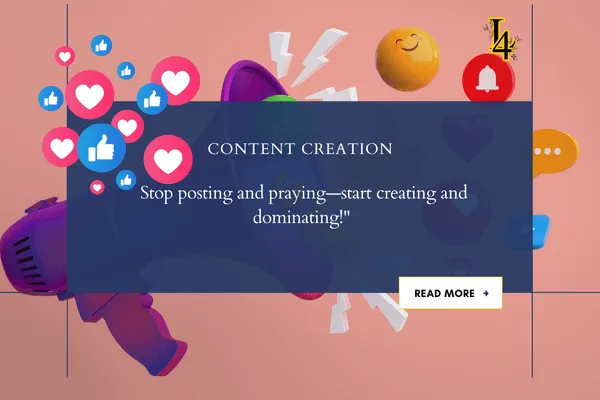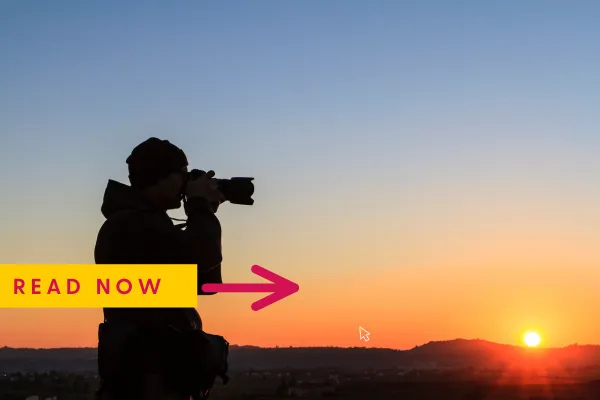
Best Photography Website Builder for Stunning, Affordable Web Design
📸 The Best Photography Website Builder: How to Build Your Brand and Book More Clients
🧠 Why You Need a Photography Website (Not Just Instagram)
🛠️ What Makes a Great Photography Website Builder?
✅ Built-In Booking & Contact Options
✅ Easy Customization (No Code Needed)
✅ SEO Tools That Actually Help You Get Found
Other Key Features to Look For in a Photography Website Builder
Build for Your Business, Not Just Your Photos
💻 Top Photography Website Builders (2025 Edition)
🔍 What to Include On Your Photography Website
💡 Pro Tips for Building Your Site
✅ Compress Your Images Without Losing Quality
✅ Match Your Domain to Your Brand
✅ Feature Google Reviews or Client Testimonials
✅ Add Descriptive Alt Text to All Images
✅ Keep the Layout Clean and Purposeful
Final Thoughts: Choose the Right Builder—Then Share Your Work with Confidence
Whether you’re shooting weddings, portraits, events, or fine art, one thing is clear: if you want to grow your photography business, you need more than a good eye. You need a professional website—and the right photography website builder to make it happen.
This article is your no-fluff guide to choosing the best platform, building your site the right way, and turning browsers into paying clients.

🧠 Why You Need a Photography Website (Not Just Instagram)
Instagram is great for exposure, but it’s not your business foundation. Social media doesn’t give you full control—and it can’t replace a solid, SEO-optimized site where clients can:
Browse your portfolio
Learn about your services
Contact or book you directly
Trust you as a professional
A well-designed photography website gives your work a permanent home and helps you stand out in a saturated market.
🛠️ What Makes a Great Photography Website Builder?
When it comes to building websites as a business, especially in the photography world, not every tool is created equal. Photographers have specific needs—visual storytelling, easy content updates, and tools that support both the creative and commercial sides of their brand.
If you’re building a photography business website or helping a client showcase their photography portfolio online, the website builder you choose needs to go beyond standard features. It should highlight your images, support your workflow, and help turn visitors into booked clients.
Based on my experience building and reviewing dozens of websites as a business for photographers, here’s what separates the average tools from the ones that truly elevate a photography brand.
✅ Photo-Focused Templates
A photography site isn’t just about showing images—it’s about how you show them. Look for builders that offer:
Full-screen, high-resolution galleries
Clean, minimalist layouts that let the work speak for itself
Grid or masonry formats that suit different types of photography portfolios
Fast image loading, especially for large photo sets
Some website builders try to force photography into templates meant for blogs or retail. That won’t cut it if your primary goal is to attract clients through visual impact.
Your photography website is your storefront—your visuals need to hit instantly.
✅ Built-In Booking & Contact Options
Photography websites as a business need more than image galleries—they need function. Your website should help you:
Collect leads
Book sessions
Schedule consultations
Answer client questions
A good photography website builder includes built-in forms, calendar integrations, or at least easy plugins for third-party tools like Calendly or HoneyBook.
A potential client shouldn’t have to jump through hoops to reach you. The easier your site makes it to book a session or ask a question, the more likely they are to do it.
✅ Mobile Optimization
Most visitors will view your photography business website on a smartphone. Whether they’re browsing your wedding portfolio from a coffee shop or sharing a link with a friend, your site has to:
Load quickly
Scale beautifully
Keep navigation clean and intuitive
Nothing will make a potential client bounce faster than a poorly optimized mobile experience.
Any photography website builder worth considering should offer responsive templates out of the box, and let you preview or customize how your site looks on mobile.
Websites as a business must adapt to how people browse now—not how they did 10 years ago.
✅ Easy Customization (No Code Needed)
Most photographers aren’t coders—and that’s okay. A great photography website builder should offer:
Drag-and-drop editing
Pre-designed blocks or sections for portfolios, testimonials, and about pages
Simple ways to adjust fonts, spacing, and brand colors
Your photography site should look like you—not like a cookie-cutter template. Builders that let you personalize your site’s look without needing to write HTML or CSS are ideal for independent photographers managing their own websites as a business.
✅ SEO Tools That Actually Help You Get Found
You could have the best photography portfolio online—but it won’t matter if nobody sees it. That’s where SEO comes in.
Your website builder should include:
Custom meta tags for every page
Image alt text editing
Fast load speeds (yes, Google cares!)
Integration with Google Search Console
The goal? Help your photography business website appear in search results when people Google terms like:
“senior portrait photographer near me”
“affordable maternity shoot”
“commercial product photography studio [city]”
Photography websites as a business rely heavily on organic traffic, especially for freelancers and studios with limited ad budgets. Builders that support SEO natively save you time and headaches down the line.
Other Key Features to Look For in a Photography Website Builder
Beyond the essentials, here are bonus features that can seriously level up your photo-focused site:
Client Galleries with Password Protection – Useful for wedding or portrait photographers delivering work privately.
Integrated eCommerce – Ideal for selling prints, digital downloads, or preset packs directly through your photography website.
Blog Support – Let you share behind-the-scenes stories, shoot tips, or updates that humanize your brand and improve search rankings.
Video Embeds – Showcase reels or behind-the-scenes footage to build engagement.
If you’re treating photography websites as a business platform—not just a portfolio—you’ll want flexibility to evolve over time. Choose a builder that can scale with your needs.
Build for Your Business, Not Just Your Photos
It’s easy to fall in love with a pretty theme or fancy animations. But your photography website should be more than just a gallery—it should be a tool for growth.
The right photography website builder gives you:
Creative control
Client communication tools
SEO and mobile readiness
And a seamless experience for visitors
That’s what turns a portfolio into a business. Whether you’re a portrait photographer, event specialist, or visual artist, your website isn’t just your digital home—it’s how you make your work work for you.
In 2025, websites as a business aren’t optional—they’re expected. And with the right photography-focused builder, yours can be both stunning and strat
💻 Top Photography Website Builders (2025 Edition)
1. Squarespace
Gorgeous design templates
Simple to use, ideal for visual creatives
Built-in scheduling and email marketing
Starts at $16/month
2. Format
Built specifically for photographers
Client proofing tools + gallery delivery
Seamless integration with Lightroom
Starts at $12/month
3. Wix
Extremely customizable with a visual editor
Huge template selection, including photography themes
Built-in contact forms and booking features
Starts at $16/month
4. Zenfolio
Ideal for photographers who sell prints or digital files
Client galleries + e-commerce options
Easy to manage back-end tools
Starts at $5/month
5. WordPress + Elementor
Best if you want full creative control
Great for SEO, speed, and advanced custom options
Requires hosting + setup but extremely powerful
Cost varies ($60–$100/year + plugins)

🔍 What to Include On Your Photography Website
Once you pick your photography website builder, focus on the essentials:
Homepage: Make it striking. Show your best work up front.
Portfolio/Gallery: Sort by category (weddings, portraits, etc.)
About Page: Share your story and photography style.
Services/Pricing: Be clear about what you offer.
Contact Page: Include a form, email, and social links.
Blog (optional): Improves SEO and lets you tell stories behind your shoots.

💡 Pro Tips for Building Your Site
Whether you’re launching a new brand or refreshing your online presence, these foundational tips will help you create a site that feels professional—without blowing your budget. Perfect for anyone seeking affordable web design that performs as good as it looks.
✅ Compress Your Images Without Losing Quality
One of the easiest ways to speed up a site (especially in budget-friendly web design) is by reducing image file size. Use tools like TinyPNG, Squoosh, or built-in image optimizers in platforms like Squarespace or WordPress.
Fast-loading sites improve both user experience and search engine rankings, and they help you stay efficient with a cost-effective website strategy.
✅ Match Your Domain to Your Brand
If you're investing in a professional website on a budget, don’t cut corners with your domain. A clear, memorable domain name helps reinforce brand identity and makes your site easier to share and remember.
Tip: Choose a domain that reflects your business name or niche—and make sure it aligns with the tone and look of your small business web design.
✅ Feature Google Reviews or Client Testimonials
In low-cost websites, trust is everything. The quickest way to build it? Show real feedback from real people.
Embed your Google reviews, or add a testimonials section to your homepage or service page. This adds credibility to your site and is a smart move in any affordable web design strategy.
✅ Add Descriptive Alt Text to All Images
Alt text improves accessibility and helps your site show up in image search results—making it a win for both user experience and SEO.
Whether you’re launching an eCommerce shop or a portfolio site, adding alt text is a low-cost web design improvement that delivers lasting SEO value.
✅ Keep the Layout Clean and Purposeful
Great design doesn’t have to be expensive—it just has to be intentional. Stick to layouts that:
Focus on your message
Use whitespace wisely
Limit fonts and colors
Keep calls-to-action clear
These are best practices in affordable web design that keep things professional without the clutter.

Final Thoughts: Choose the Right Builder—Then Share Your Work with Confidence
Your photography is creative expression—but your website is how you turn that passion into a business.
Whether you’re just getting started or ready to grow, the right photography website builder helps you present your work professionally, attract the right clients, and build long-term credibility online.
Don’t let your images sit in a folder or your talent go unseen.
Choose a builder that supports your vision—and launch a site that puts your photography, your voice, and your business in the spotlight.📝 Meta Description (SEO):
Looking for the best photography website builder? This guide breaks down what to look for, top platforms to use, and how to build a site that books clients.

Web Design Articles
Turn Clicks to Cash: Build a Web Template That’s Straight Heat
Master the Art of Web Page Outlines: Your Blueprint for a High-Performing Website
8 Must-Have Features for the Perfect Video Website Template (Make Your Videos Stand Out!)
Essential Types of Webpages for Every Website (With Examples)
Free IT Website HTML Templates: Download and Build Your Dream Site Today!
Scrapbooking’s Digital Makeover: Trends That Blend Nostalgia and Innovation
Minimalism with a twist: Web design that speaks volumes
SEO Articles
11 Benefits of Using SEO Software for Online Business Growth
What to Expect in Your First Month with a PPC Consultant
What Effect Does SEO Have on Your Search? A Deep Dive into Rankings & Traffic
Can Rapid URL Indexer Improve Local SEO Performance? Find Out How!
Get 10X More Leads Overnight! The SEO Lead Generation Blueprint That Works




